DEVELOPMENT 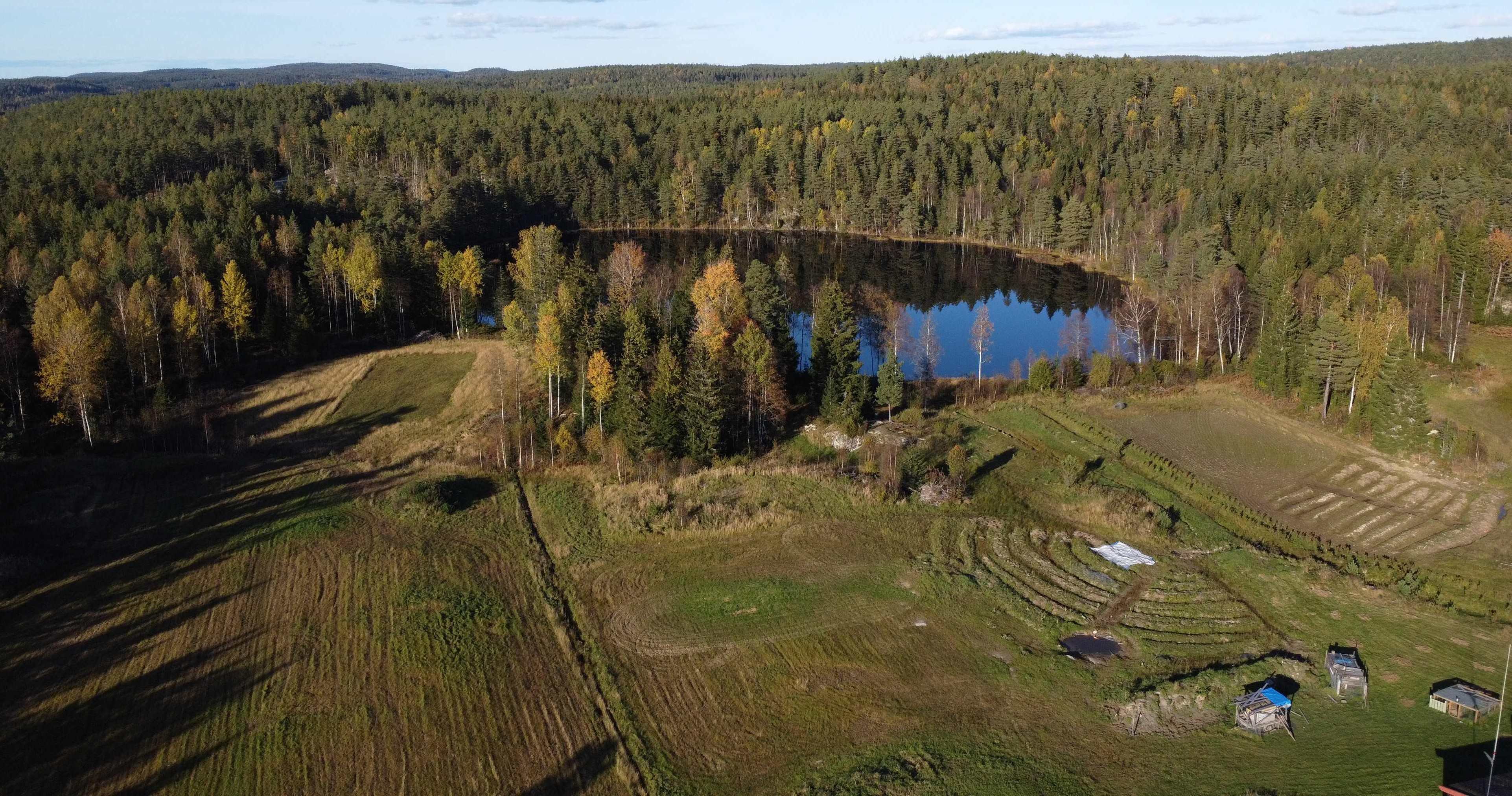
This is the first in a series of articles based on the diploma presentation I gave at Koster on March 16, 2024. The first article deals with development, both in general and in relation to the small farm Muskedalen. I choose to post it now, even though I will continue to work on it. Finally, I will create a slide presentation.
When I came to Muskedalen in 2012, what is a meadow today was a logging field, and on the logging field, small birch trees were growing. The farm was first cleared in the 1760s, and it was operated until 1941. Then it was used as a holiday resort, and spruce trees were planted on the fields. The previous owner started by clearing the place, but ended up with an overgrown logging field.
When I started the project in 2012, many thoughts went through my head. I wanted to protect the nature, and I certainly wouldn't pull a tractor up there. I carried the timber from a windfall out of the forest so as not to damage the forest floor. A couple of years later, I cut down the forest, drove the plow there and sowed grass. It was a meeting of ideals and realities.
When I finished my diploma thesis, I made a summary of the 12 years I had been at Muskedalen, and the summary became the presentation of the thesis. When I made the summary, I did not use any sources, it was me, the paper and the pencil. In the summary, I discussed what development actually is? What consequences does development have? Where am I, and where am I going? How do I reach the goals I have set for myself? What influences development?
This presentation is the first part of a series of presentations that builds on the barely 20-minute diploma presentation I had at Koster. The first topic is development. When I was there, I brought moss from Muskedalen. Then people could smell Muskedalen.
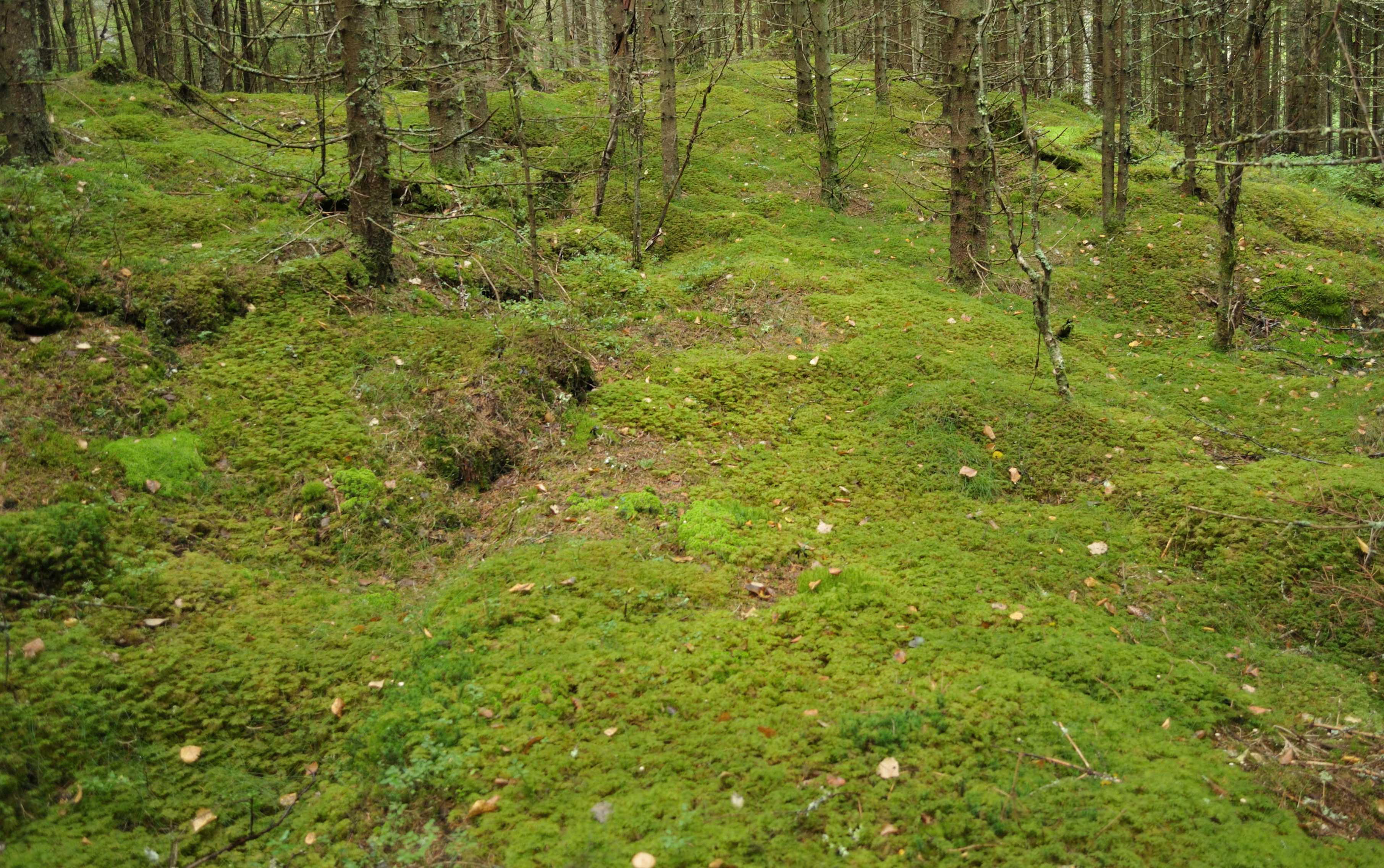 Musk probably means moss, and the entire Muskedalen was covered in green moss. The picture shows a bare mossy area in Muskedalen (musk valley)
Musk probably means moss, and the entire Muskedalen was covered in green moss. The picture shows a bare mossy area in Muskedalen (musk valley)
What exactly is evolution? Evolution is part of our existence. Evolution happens all the time in nature. Species adapt to each other in an interaction. Why does evolution happen? What is the driving force behind the evolution that happens in nature? To me, it seems like it is to maintain existence and for a longer time. Derailment:
Mosses are a primitive group of plants that grow in humid environments all over the world. Mosses have been growing on Earth for over 400 million years, and they are adapted to a number of different environments. Although they are theoretically dependent on water, many of them can survive for a very long time in a dried-out state. They do not have flowers, but sporophytes that produce spores that can be spread by the wind.
Industrial development
The transition from an agricultural and craft-based society to an industrial society took place from the 1850s. A bourgeoisie that was focused on making money grew up, and an industrial working class of propertyless people. There were great inequalities in living standards.
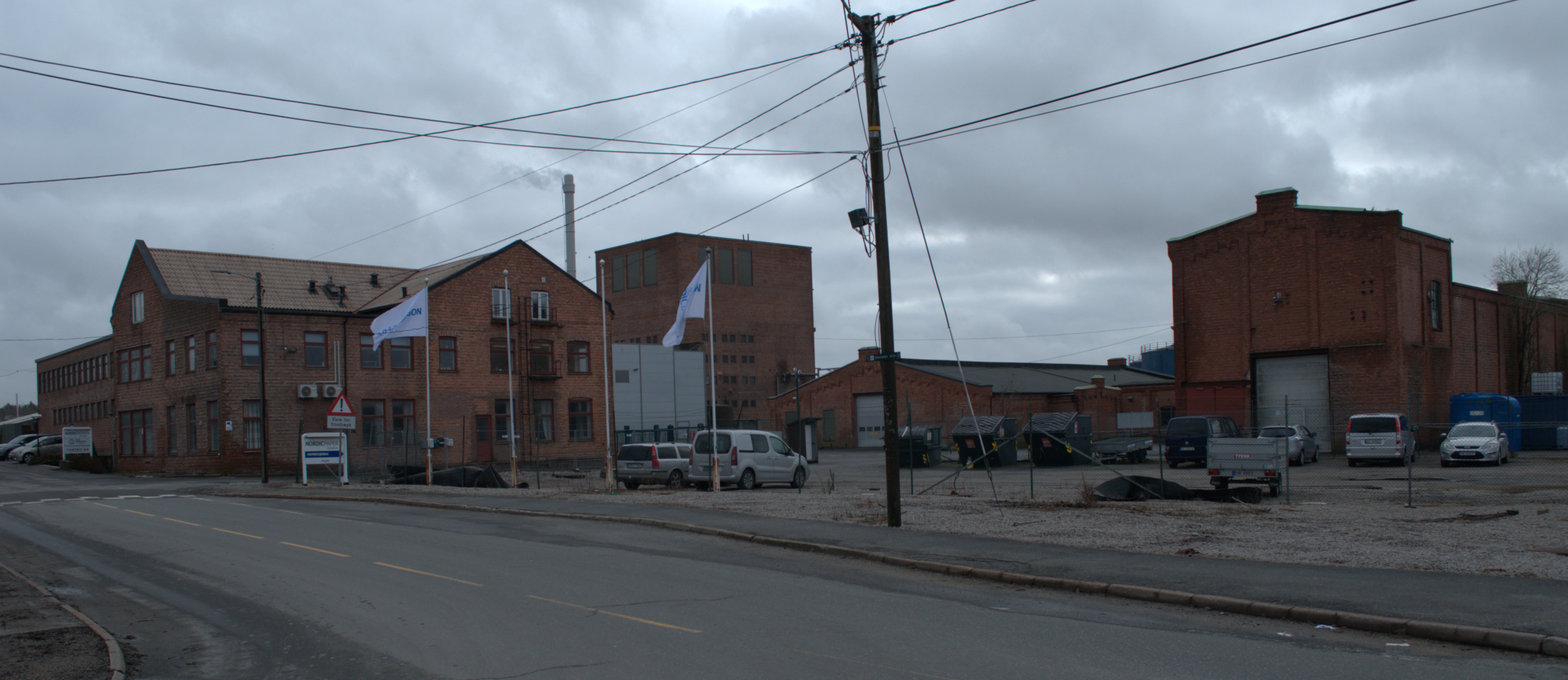 The factory that was part of the community where I lived before I moved to Muskedalen. I have transported resin out of the factory to the harbor in Moss.
The factory that was part of the community where I lived before I moved to Muskedalen. I have transported resin out of the factory to the harbor in Moss.
I lived in Greåker from 1993 to 2012. Greåker was located in Tune municipality, which is now Sarpsborg, and grew up as a town in the 19th century.
With the industry, Greåker was transformed from an agricultural village into a typical working-class and industrial community. Greåker means decent field. Greåker Cellulosefabrikk was built in the years 1905 – 1907, and over 200 workers were given jobs at the factory. Timber is the raw material for cellulose production and the railway (which runs right next to it) and the river (Glomma) were important transport arteries. Nordic Paper is now the world's largest producer of greaseproof paper.
Culture
Around industrialization, a culture emerged, but what is culture? Culture is a term we use for a group of people who have common ideas, values, attitudes, rules, habits and traditions. It can also be moral and religious rules of behavior that are also part of the culture of society. Culture can be said to be the totality of customs that are transmitted between people. Cultures are growing and without clear boundaries. Culture is based on communication and interaction. There are different cultures in the social classes and subgroups that possess subcultures. Culture can be said to be behavioral patterns in the different subgroups.
 When the Telecaster came to Muskedalen.
When the Telecaster came to Muskedalen.
The Telecaster; an example of the development of an industrial product. After the war, the piano was a preferred instrument, and the pipe organ an even more sophisticated instrument. The sound experience created in a pipe organ is unique. Then the Hammond organ, which was an electronic organ in 1934, was developed, cheaper than the pipe organ found in churches.
Guitar was an affordable instrument that could be easily transported around, and in the post-war period it became a working class instrument. The guitar became an instrument that was available, you could start with an acoustic and move on to an electric guitar. The guitar had a low sound volume and did not sound together with other instruments.
Leo Fender's Telecaster was a radio engineer who designed the Telecaster in the late 40s. In 1950, production began that finally put the plank guitar on the map. Leo also designed amplifiers. Since then, the Telecaster has been in continuous production, which makes it the world's oldest electric guitar that is still being made.
Americana musicians with a working-class perspective have sworn by the Telecaster. Bruce Springsteen portrays the daily life of the American working class, of course with a Telecaster in his hand. Keith Richards is also an Americana musician who worked his way up from poverty with a Telecaster in his hand. The Telecaster became an ingredient of post-war culture.
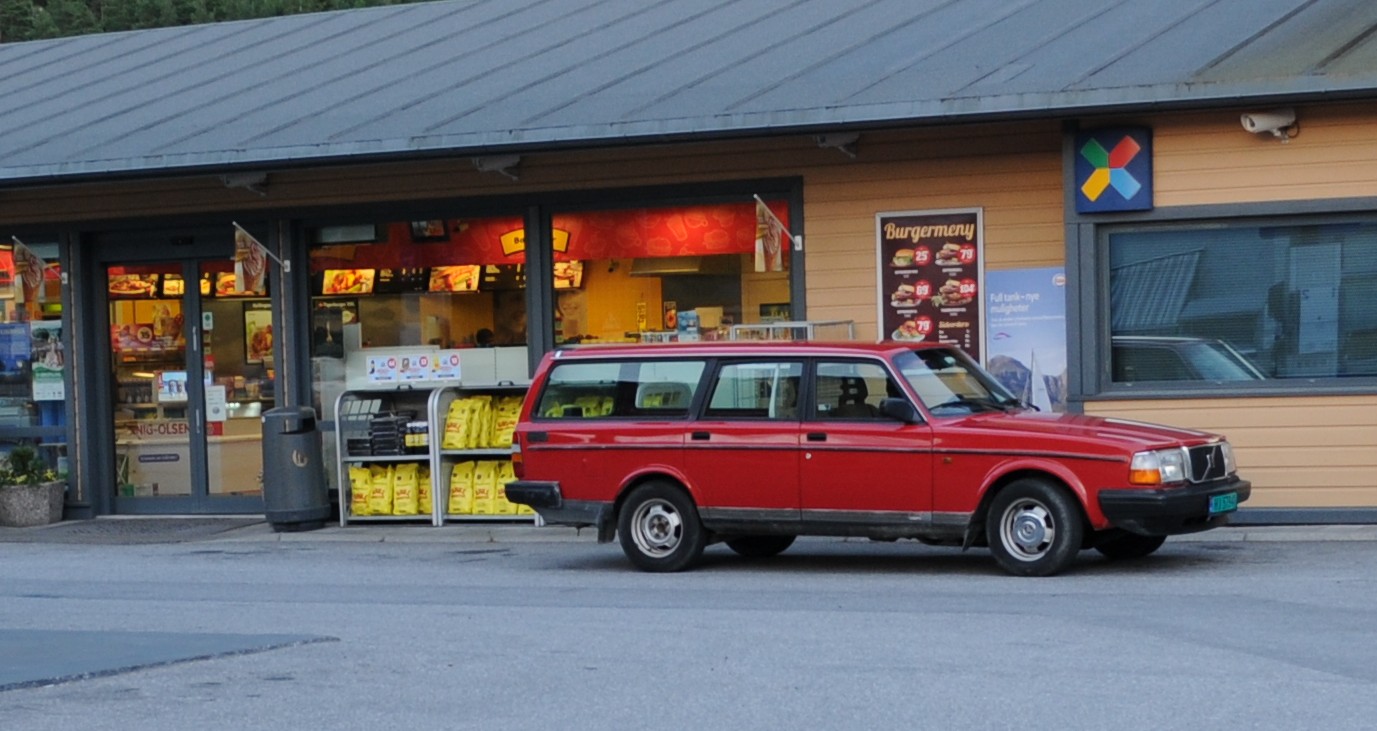 The Volvo is a symbol of a flourishing culture in the 70s, - the family car became common property. Abba won the Melodi Grand Prix in the spring of 74, and the houses were insulated, - and the children could play freely outside. The growth we experienced was fabulous, but there was also a downside.
The Volvo is a symbol of a flourishing culture in the 70s, - the family car became common property. Abba won the Melodi Grand Prix in the spring of 74, and the houses were insulated, - and the children could play freely outside. The growth we experienced was fabulous, but there was also a downside.
In the 1970s, the focus was on ecology in the debate about development, and the spotlight was placed on the connection between economic growth and the availability of resources in the world. When researchers looked at the connection between population growth, non-renewable resources, pollution, availability of food and industrialization, they saw that there would be a collapse in the system if the development in the world was not dramatically changed. I remember the 70s well with the discussions about the Western development path with modernization, industrialization and urbanization that would create major environmental problems in the future. But what happened when we had gone from an agricultural and craft society to an industrial society?
The timeline I used at Koster was almost linear and shows that society has moved from a society close to nature to an industrial society. Now we see more clearly the challenges we predicted 50 years ago. Then a natural solution is to once again seek a society close to nature.
When I was in scecondary school in 1981, we were the first class to have the greenhouse effect as part of the curriculum. At the time, I thought the use of fossil fuels would cease before 1990.
In Norway, consumption was increasing and global warming continued. Society wanted economic growth and welfare, and the green shift was put on hold. Global warming turned into climate change. To maintain economic growth in society, an enormous amount of energy is required. The green shift, which means a transition from fossil energy to renewable energy, has led to a large and uncritical degradation of nature.
But what happened when we had gone from an agricultural and craft society to an industrial society? Can the development spiral continue? We see that ecosystems are becoming unbalanced, and humans are no longer part of nature. Humans are facing new challenges and new health problems. The task is at least to find a balance between development and ecosystems.
For me, with my pagan background and shamanistic practice, it is natural that development should be directed towards a more natural society.
I use the words: capitalist industrial society, about today's society in Norway, because I see capital as a driving force for developing an overconsumption society based on industrialization.
By a natural society is meant a society where people have contact with nature as indigenous people have today. That humans are part of nature and the ecosystems are intact.
I am talking about two extremes of knowledge, one is the natural scientific knowledge that I learned at technical school. The other extreme is the spiritual knowledge that I know from shamanistic practice, where the shaman is someone who travels with his helper to find knowledge, insight or power in a non-physical world.
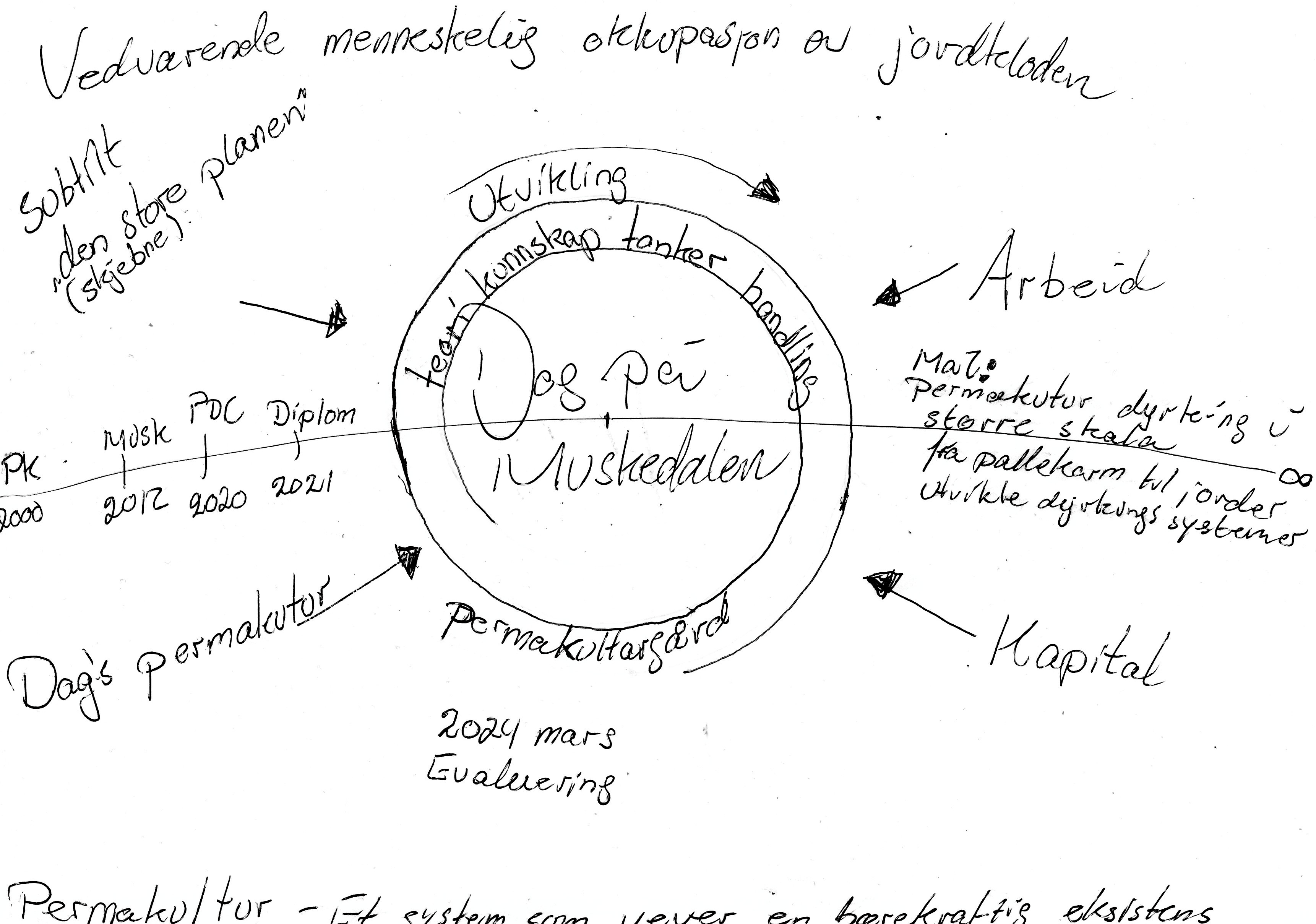 The first slide that I showed at Koster 2024
The first slide that I showed at Koster 2024
What I talked about in the presentation is how to manage and lead development. First, we must have a clear goal and understanding of the situation we find ourselves in. In nature, development is about maintaining the existence of one's species in interaction with other species. Rough exploitation of the earth's resources does not provide good conditions for a future existence. From a larger perspective, I used a Bill Mollison quote: "persistent human occupation of the planet". The goal is to manage development so that humans can maintain their existence in interaction with nature. What knowledge do we need to approach nature? In the presentation, I looked at the factors that influence development.
